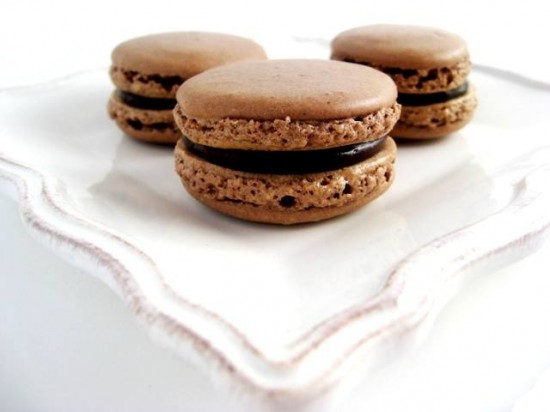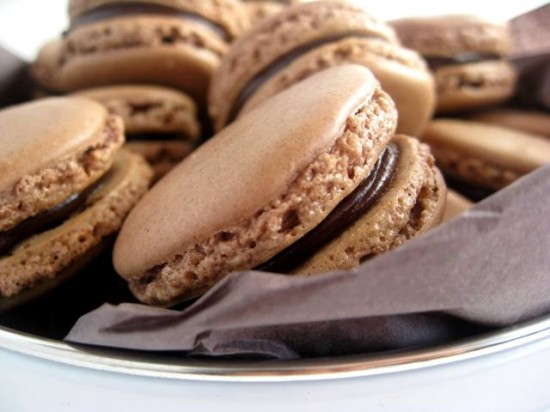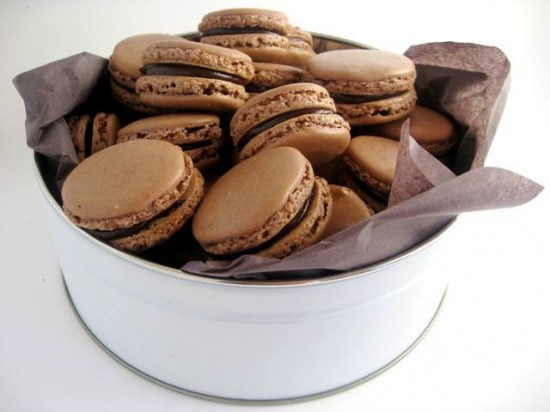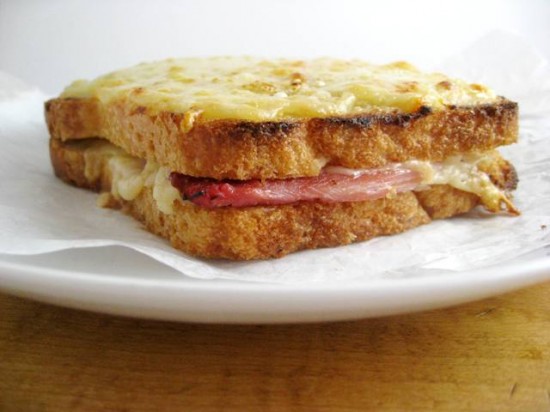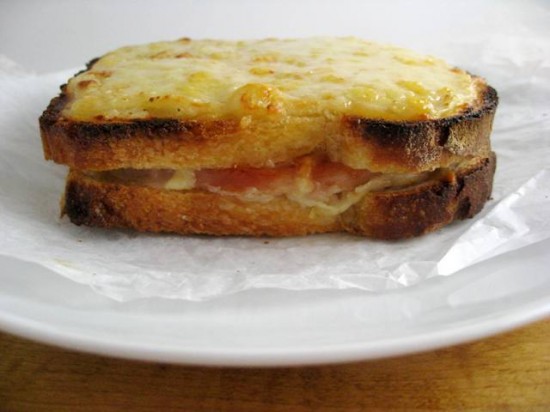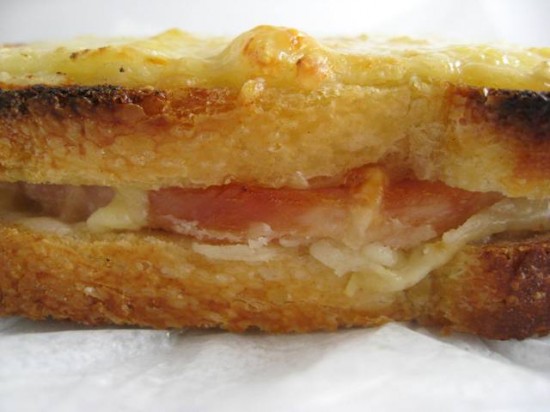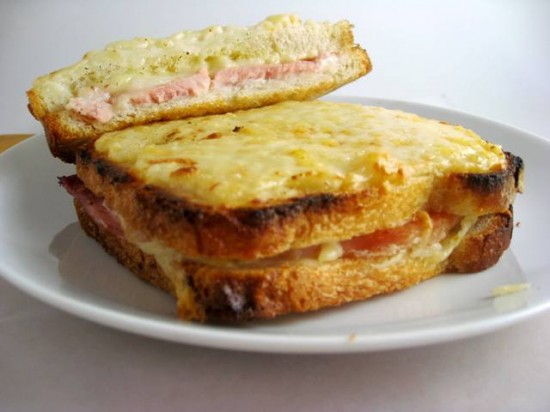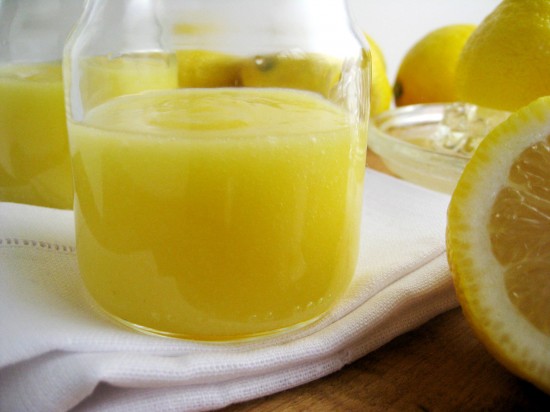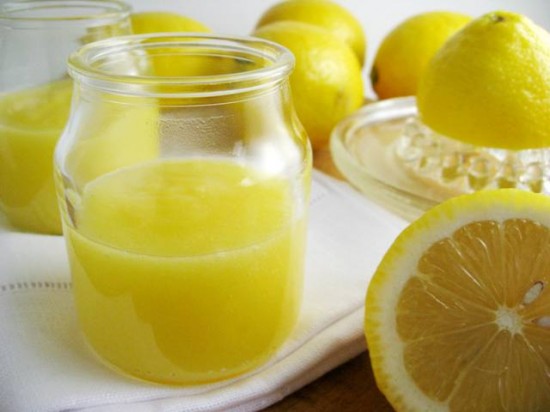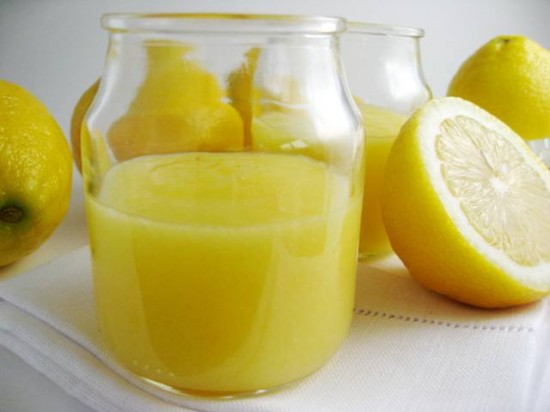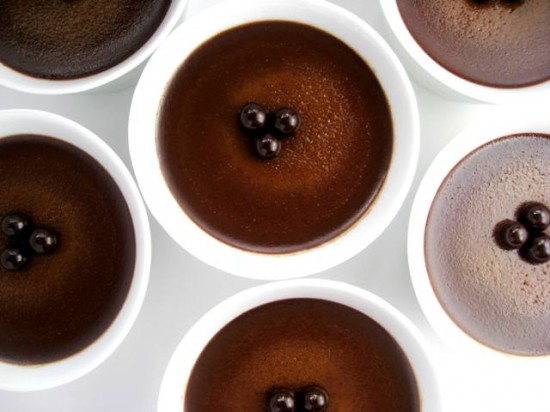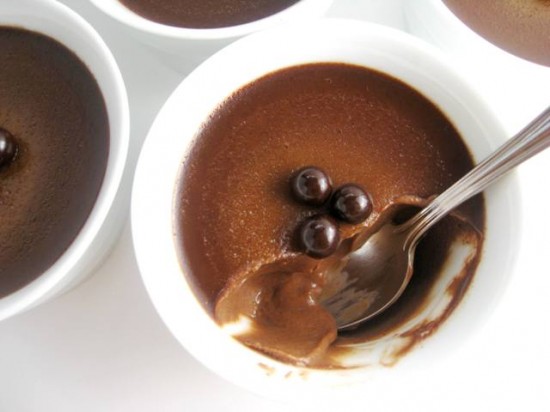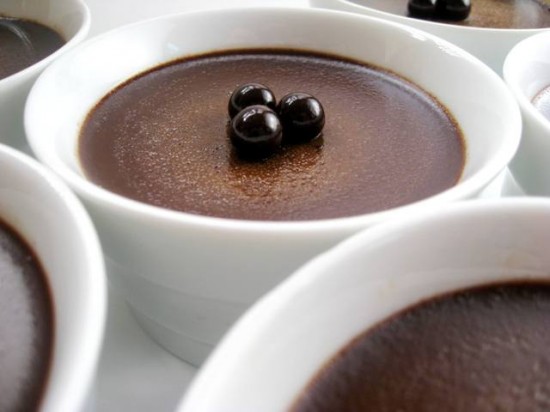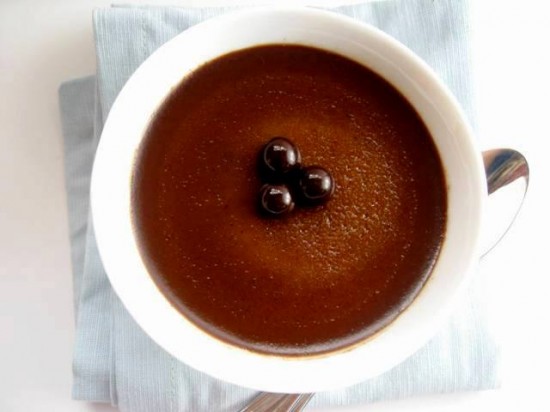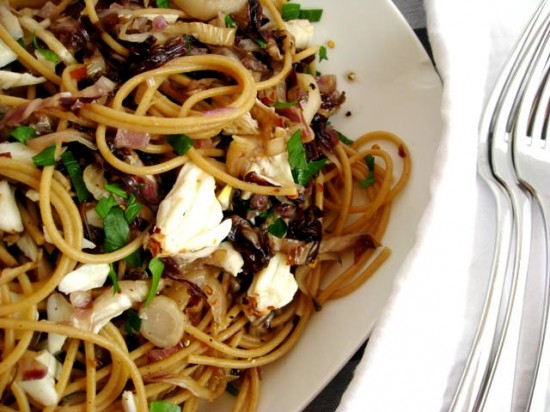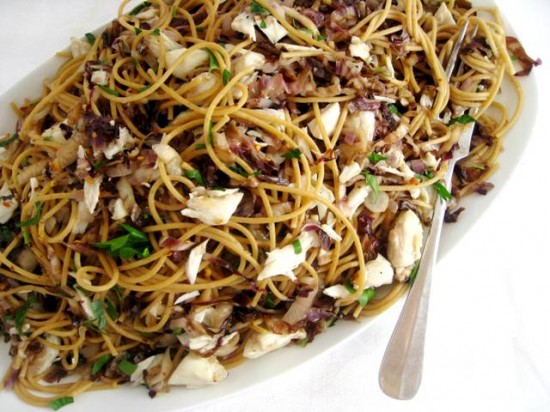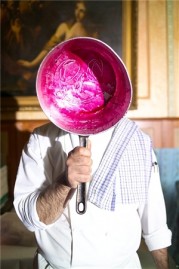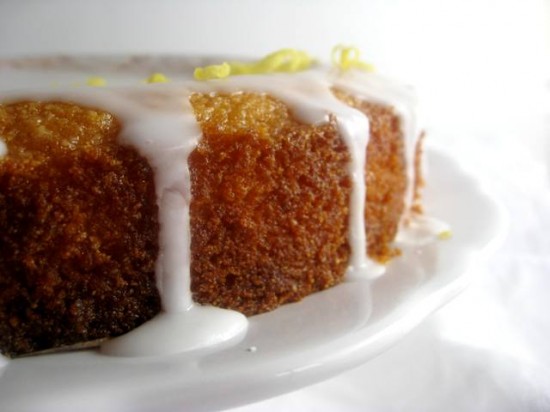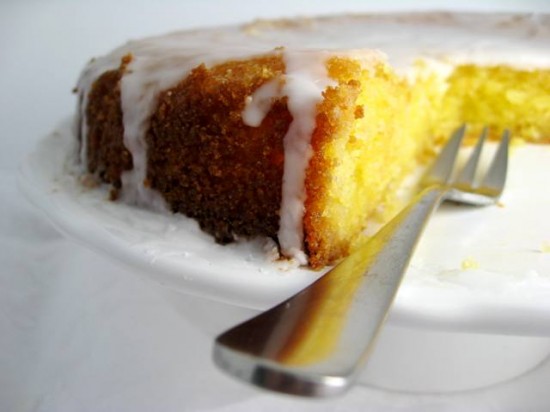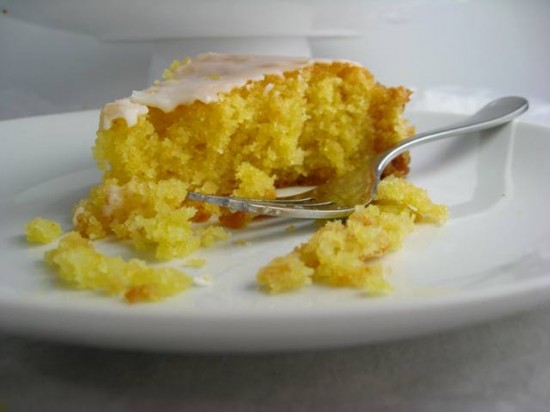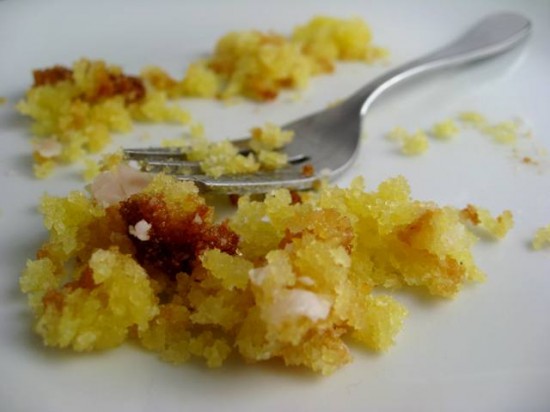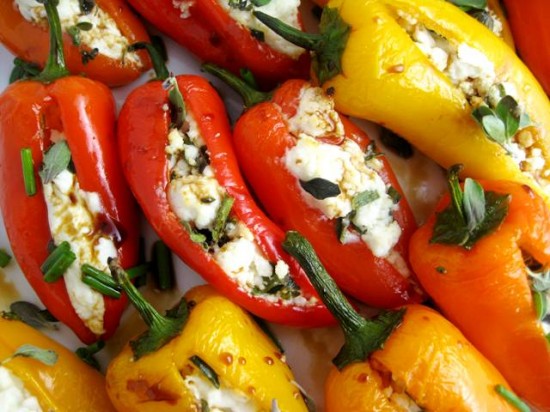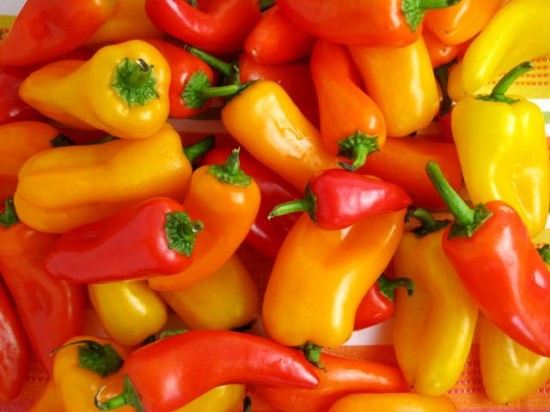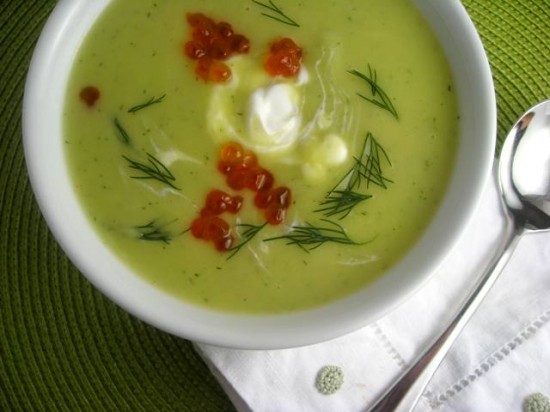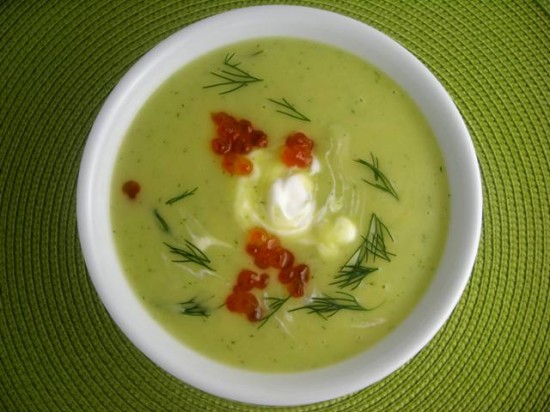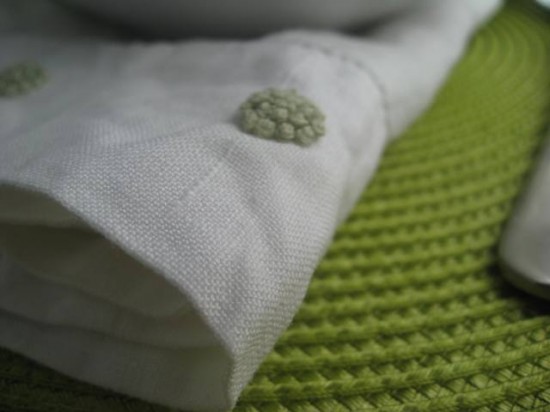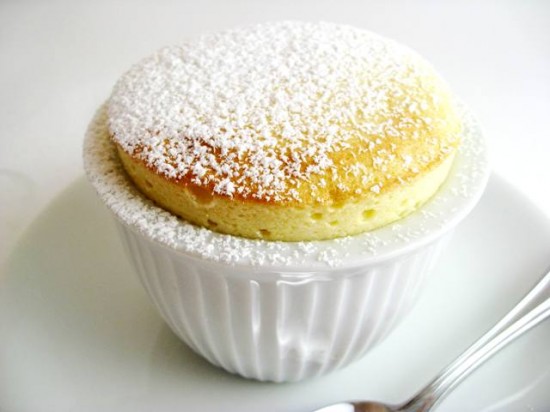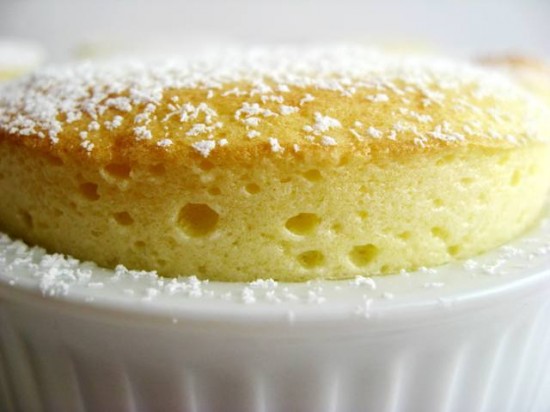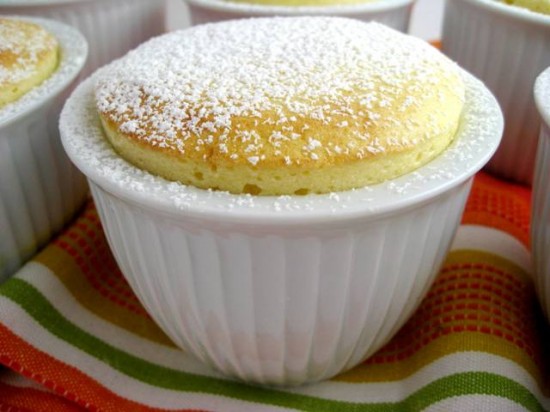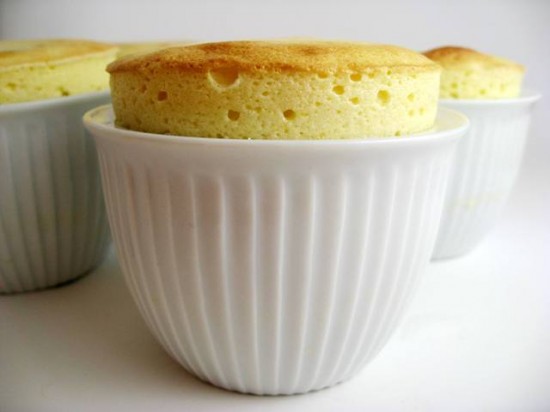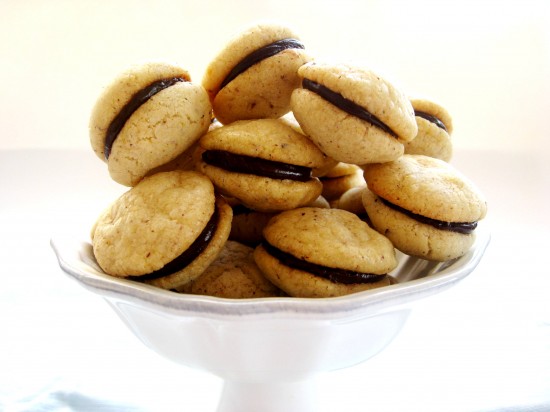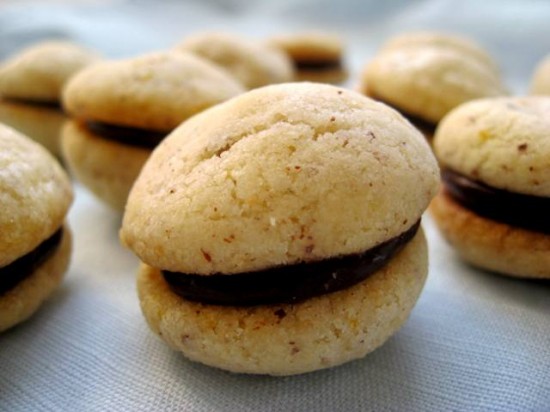Making macarons is a tiny bit like making icecream, once you do it for the first time you become addicted. Since my initial batch (Rose Macarons with Raspberry Ganache), macarons have been on my mind constantly. I am trying to move on, to try new recipes and break new boundaries but all I do is think about the different macaron combinations I could concoct. Macarons have become an obsession – as has ice cream, but that’s a story for another day.
I know that chocolate macarons don’t seem that ground breaking or creative but I thought they would work very well with a chocolate caramel ganache – and they do. This intensely flavoured ganache brings out the chocolate in the lightly flavoured biscuit and really does make for a sensational sweet something.
This flavour macaron can be a little hard to work with being that the cocoa powder is not really macaron friendly and too much of it will result in cracked biscuits. Apparently some people use food colouring to get depth of colour and as far as the taste goes, it is up to the ganache to really bring the flavour home.
Whether you have ‘been there, done that’ or not, the chocolate caramel ganache is something I urge you to try, it’s a nice little spin on the traditional chocolate on chocolate macaron.
Macarons
270 grams/9.5 ounces pure icing (confectioners) sugar
180 grams/6.3 ounces almond meal
150 grams/5.3 ounces egg white (aged about 4 days and left out overnight)
100 grams/3.5 ounces caster (superfine) sugar
10 grams/.35 ounces dark cocoa
Chocolate Caramel Ganache
65 grams/2.3 ounces caster sugar
½ teaspoon lemon juice
150 ml pouring cream
200 grams/7 ounces milk chocolate, finely chopped
Line 3 baking sheets with parchment paper and set aside.
Whisk egg whites till soft peaks form, add the caster sugar gradually and beat until glossy firm peaks form. Add food colouring and whisk till incorporated.
Sift the ground almonds with the icing sugar and cocoa using a medium sieve. Discard and large pieces of almond and mix well to incorporate.
Incorporate the beaten eggs whites into the dry ingredients using a large spatula, then works on the mixture using a large scraper. Press down with the scraper, going backwards and forwards along the bottom of you bowl, to press out any oxygen from the whites. Do this for no more than 5 minutes, the result should form a smooth and brilliant mixture that forms a ‘ribbon’ on the scraper. It can also be described as ‘magma like’.
Transfer the mixture to a piping bag with a plain nozzle (1cm round the tip). Twist or clip the bag above the nozzle to stop the mixture from escaping. Pipe out the desired size of rounds (3cm for your standard medium sized macaron). Leave a good space between each round as they do spread slightly.
Leave for 30 minutes – 1 hour to set. This helps produce the feet that define a macaron. They are ready to go into the oven when they are hard to touch and no mixture sticks to your fingertips.
While they are setting, preheat your oven to 160c/320f. Bake in the centre of the oven, 1 tray at a time for about 10 – 12 minutes. (test after 8 minutes – touch the top of the macaron and gently move your finger side to side), if there is a wobble, cook for 2 – 3 minutes longer till firm.
When ready, leave on the baking tray until cool and then scrape them off carefully with a palette knife.
Meanwhile, for the Chocolate Caramel Ganache, combine sugar, lemon juice and 40ml water in a saucepan and stir to combine. Stir over medium-high heat until sugar dissolves, then cook without stirring until dark caramel in colour (3-4 minutes). Remove from heat, add cream and stir to combine. Add chocolate, return to heat and stir continuously until smooth and combined. Cool completely, whisking occasionally until cooled to room temperature (around an hour), then transfer to the refrigerator for another 20 mins to firm up (whisking every 5 minutes). Place in a piping bag fitted with a 1/4″ plain nozzle.
Match up the discs in pairs on the greaseproof paper, one row flatside up and one row flat side down. Pipe the filling onto each upturned shell. Place its partner on top, using a circular motion to squash the shell down on the filling. Do not use too much filling but use enough so you can see a hint of it between the macarons.
Notes: It is very important to to leave your macarons in the fridge for 24 hours prior to eating to let the filling infuse into the shell. Also, leave them at room temperature for 30 minutes before serving – this will give the macarons their soft inside and crisp exterior.
Source: Macaron recipe – Mad About Macarons

